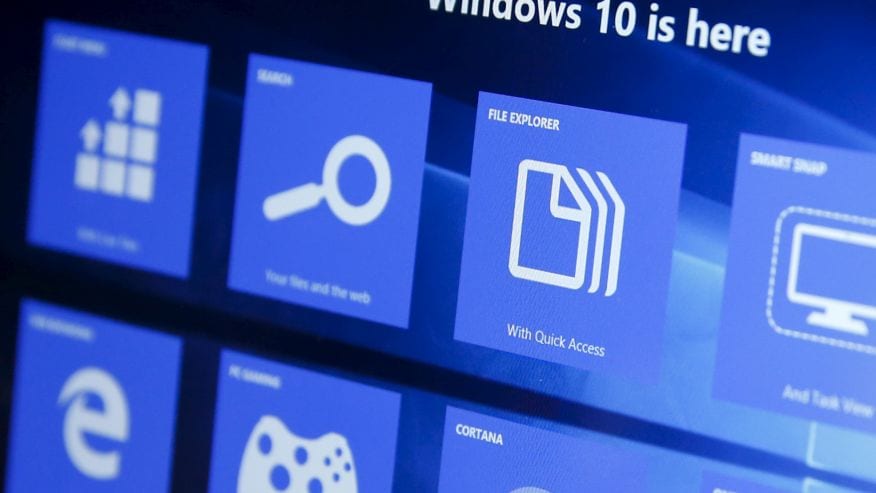It seems as though every upgrade we make on our computers and mobile devices pushes us further into the grasp of Big Brother, or whoever else is watching. Microsoft’s latest free upgrade to Windows 10 is causing some much expected privacy concerns, but should you be worried? In short, probably not.
Understanding your latest upgrade and what comes with it is the best way to battle the breaches. This goes for all updates on all your devices. Windows 10 has a number of privacy invading features that you do need to be aware of, but once you are, you can change your settings to better protect yourself.
It’s true, by default, much of your personal information will be shared with Microsoft through Cortana, Windows 10’s version of a personal assistant, similar to Siri for Apple. Not to worry though, you can simply disable this feature right away so that won’t happen. You won’t be able to use the feature if you disable it though, which is probably the point.
What about your super-secret WiFi password? Well, if your friends are over and you have their contact information saved in your phone, it’s likely they will be connected automatically without having to type in a thing. This seems quite concerning, but it’s actually pretty convenient. It can be awkward to ask a friend for their internet password so you don’t have to eat up your data when visiting. Strangers won’t be able to get in, and your actual password is never shared with anyone. This feature can also easily be disabled.
There is one feature that sounds pretty troublesome, and Microsoft won’t be quick to tell you about it either. Windows Update Delivery Optimization uses innovative technology to connect millions of users, allowing them to share updates and apps, all behind the scenes. This technology allows other users to download updates or apps from you if there is trouble connecting to Microsoft servers, but you’ll never even realize it’s going on. This feature actually isn’t very dangerous (so far), but Microsoft isn’t exactly being up front about it. On top of that, it isn’t that easy to disable this feature. You have to navigate around a number of submenus in the settings app to do so.
Windows 10 is one of the best operating systems Microsoft has put out in a while, and if you stay aware of its features, your concerns should easily be quelled. Nearly all systems are moving in the direction of data collecting and pushing privacy boundaries. Always be alert to new updates.
Read the full article here: https://www.foxnews.com/tech/3-windows-10-privacy-dangers-to-fix-now








